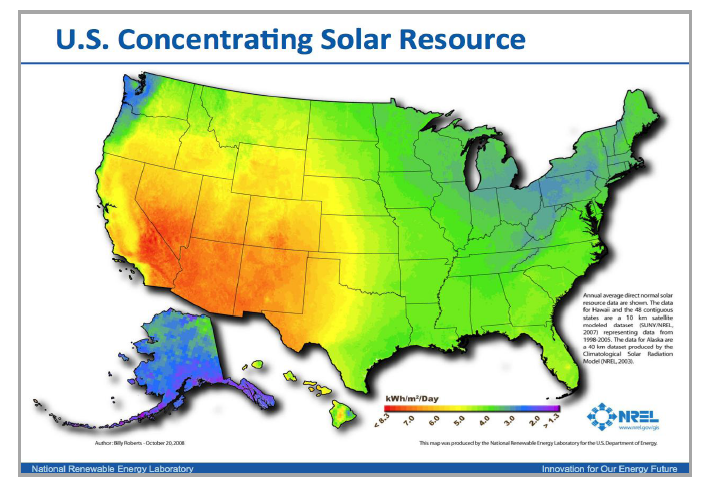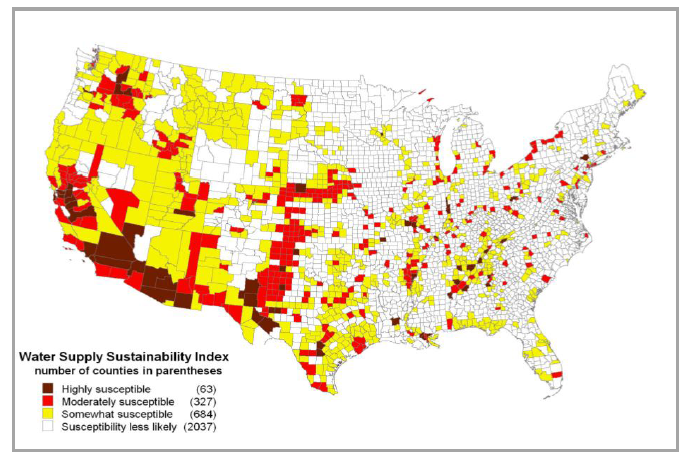RENEWABLE AND APPROPRIATE ENERGY LABORATORY
INTRODUCTION
The environmental and societal benefits of deploying renewable energy technologies at utility scale must be considered alongside the concomitant costs and alternatives in order to properly evaluate the social return on investment of each technology.
The benefit of evaluating the environmental impact of a technology before large-scale deployment cannot be stressed enough. The United States wind industry has learned difficult lessons from its deployment of wind turbines at the Altamont pass in California, where windmills have been found to kill at least one bird per year per turbine (Ritter 2005). Had there been a proper environmental impact study of the area, 4000 turbines would not have been sited in an important bird migration route, and the wind industry would not have received negative press surrounding the harmful environmental impacts of a prominent green technology. Mitigation efforts for new wind projects such as using radar to detect flocks of birds and furl turbine blades are now underway (Iberdrola 2009), but this type of technology could have been used from the inception of wind deployment.
The first part of this report touches on important environmental areas that must be considered when deploying Concentrator Photovoltaics (CPV). It does not attempt to evaluate the best sites for CPV development on an environmental basis. Rather, CPV is compared to other solar technologies and more broadly, to other electric power generating technologies with respect to key life cycle environmental metrics.
In the second part of this report, the possible future deployment of CPV is investigated using UC Berkeley’s SWITCH model, and the emissions benefits of including CPV in the future Western United States electric power system are discussed.
AN ASSESSMENT OF THE ENVIRONMENTAL IMPACTS OF CPV
To accurately portray the environmental impact of any technology, all impacts from inception to retirement must be taken into account. Life Cycle Assessment (LCA) methodology considers three distinct phases in the life cycle of CPV: (1) fabrication of CPV modules and deployment in the field on two-axis tracking systems (2) energy production (3) recycling and disposal at end of life. Here, four LCA environmental impact metrics are discussed in the context of CPV: energy, emissions, water use and land use.
***
Water Use
Water use represents an important environmental impact of electricity generation, especially in the context of growing demand for water and ever more limited supplies (Fthenakis and Kim 2010B). Currently 41 % of all water withdrawals in the United States come from electricity generation (Burkhardt et al. 2010). Water is consumed prior to power plant operation during the energy-intensive manufacturing of power plant components and is also used by thermal power plants during power production for cooling. As manufacturing and power production may not be collocated, the local effect of water withdrawal may differ substantially between these two phases.
For solar thermal generation technologies, water usage for cooling purposes during electricity production may be an important limiting factor to tapping high quality solar resources, as these tend to be located in arid areas with severe water shortages. Note the overlap in concentrating solar resource (direct normal insolation) in Figure 1.3 and water-constrained areas in Figure 1.4.
Dowload full version PDF: An Assessment of the Environmental Impacts of Concentrator Photovoltaics
About Renewable and Appropriate Energy Laboratory
http://rael.berkeley.edu/
“The Renewable and Appropriate Energy Laboratory (RAEL) is a unique new research, development, project implementation, and community outreach facility based at the University of California, Berkeley in the Energy and Resouces Group and the Department of Nuclear Engineering. RAEL focuses on designing, testing, and disseminating renewable and appropriate energy systems. The laboratory’s mission is to help these technologies realize their full potential to contribute to environmentally sustainable development in both industrialized and developing nations while also addressing the cultural context and range of potential social impacts of any new technology or resource management system.”
Tags: CA, California, CPV Consortium, Daniel Kammen, Photovoltaics, RAEL, Renewable and Appropriate Energy Laboratory, SWITCH Model, University of California at Berkeley








 RSS Feed
RSS Feed